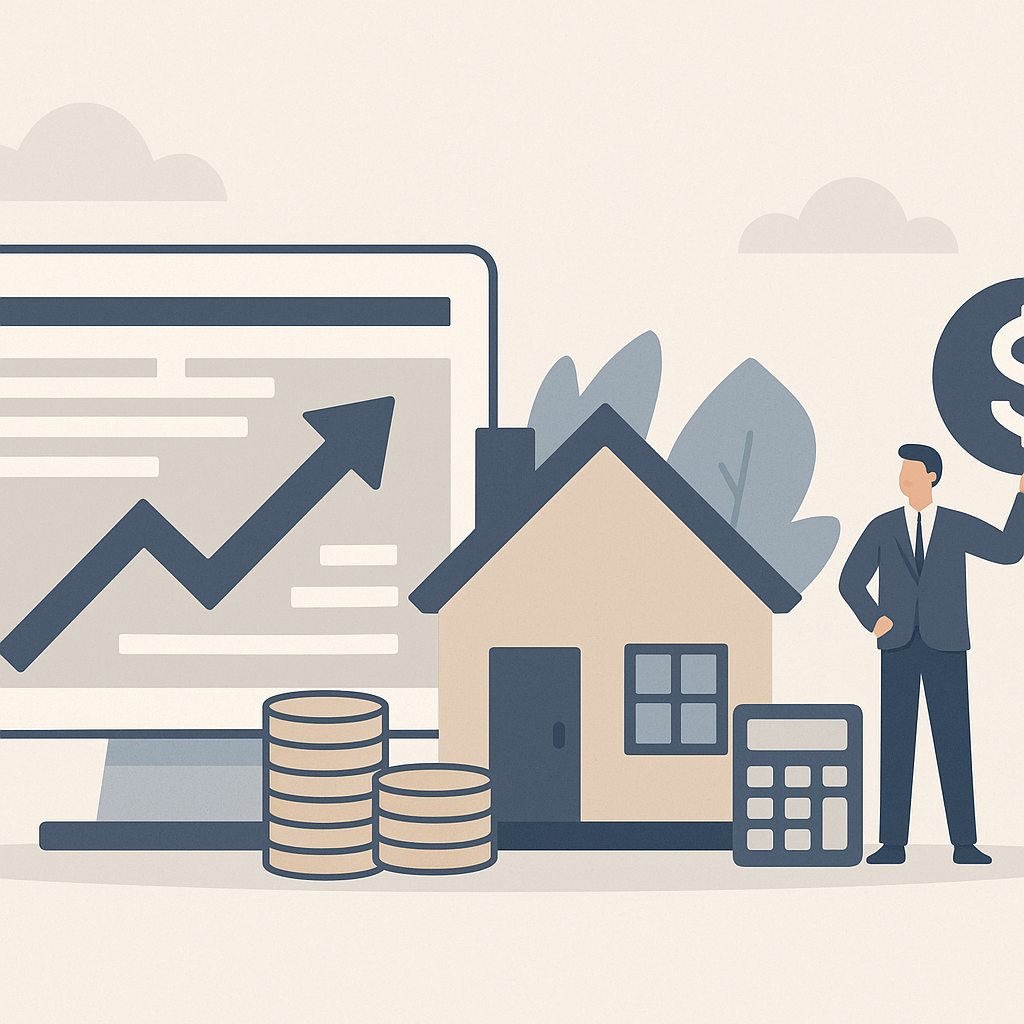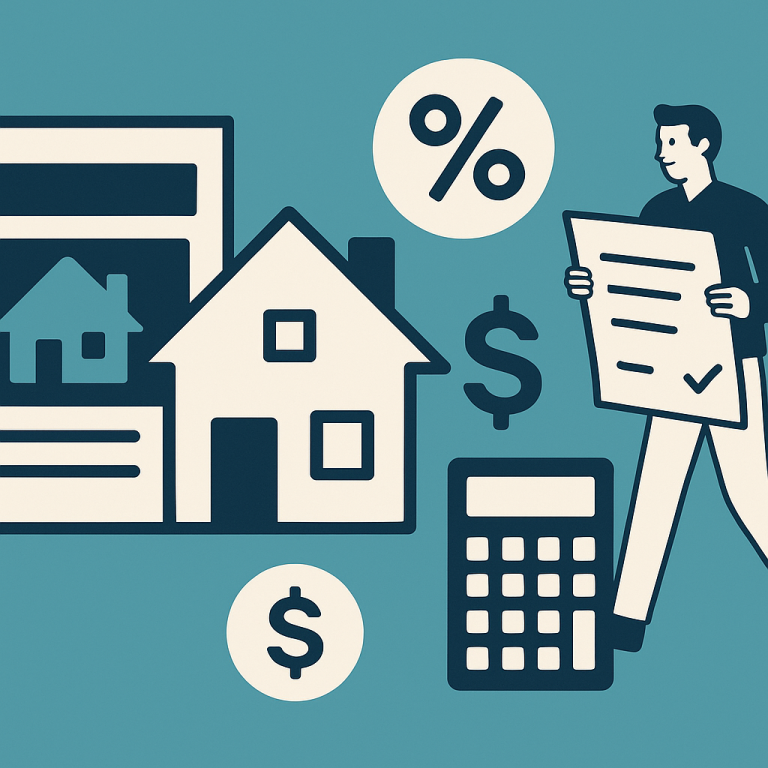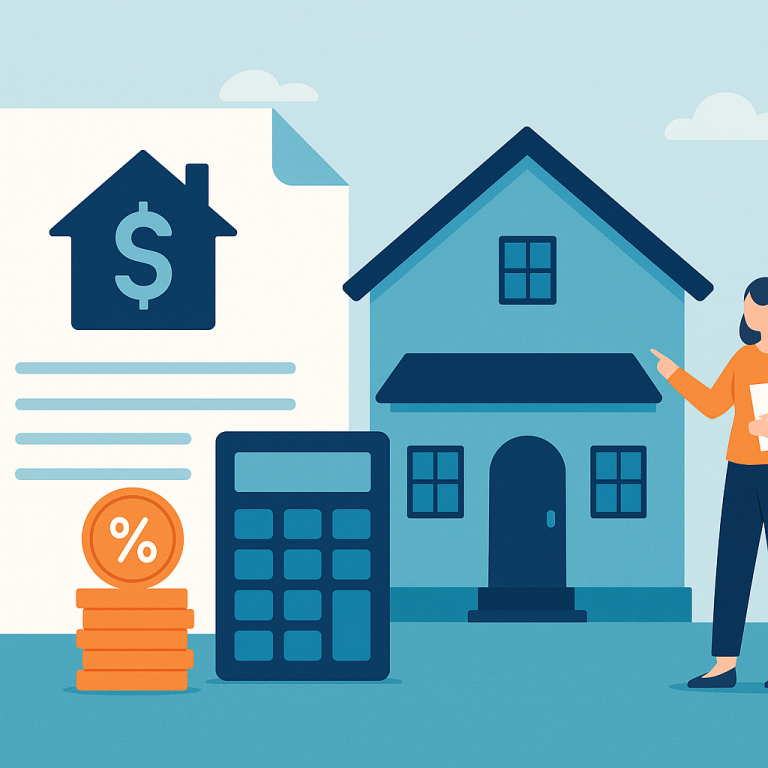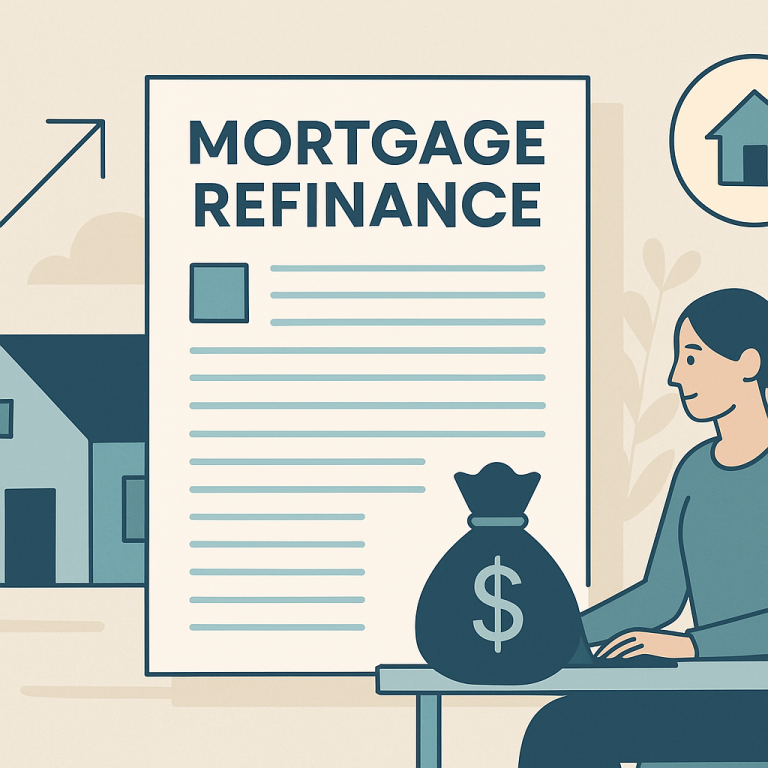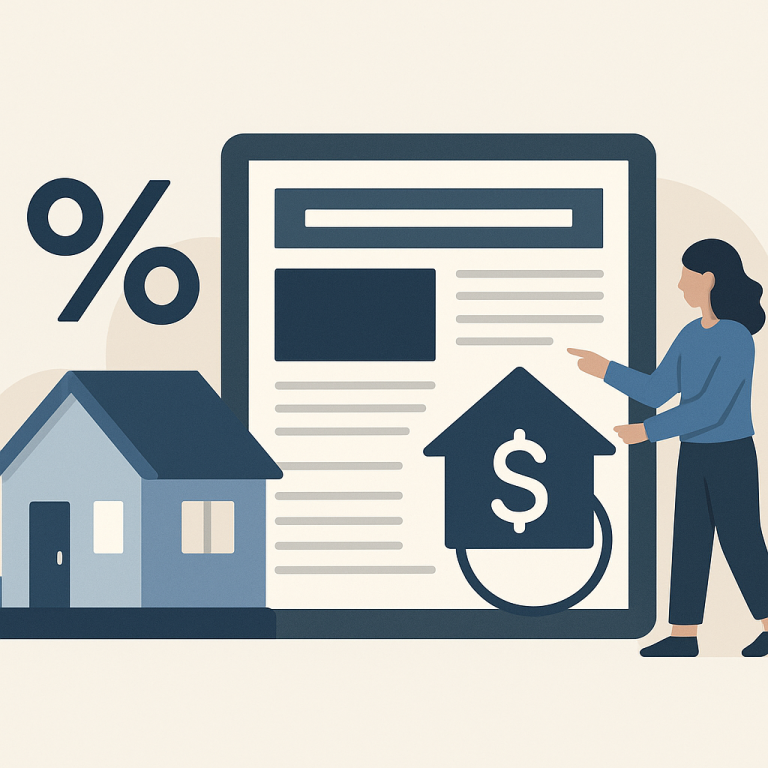30-Year Mortgage Rates Fall To 5.89% After Fed Signals Rate Pause
When Refinancing Makes Sense as Rates Move: A Practical Guide for Homeowners
As mortgage markets fluctuate, homeowners frequently face the question of whether refinancing will improve their financial position. The key consideration is not simply whether current rates are lower than the original rate, but whether refinancing produces meaningful, long-term benefits after accounting for costs, loan term changes and personal financial goals.
Core factors to weigh before refinancing
First, assess the total cost of refinancing. Closing costs, fees and any prepayment penalties can erode anticipated savings. A sensible decision compares the upfront expense to the expected monthly savings and how long you plan to keep the home. Many homeowners benefit when the projected savings offset costs within a reasonable time horizon aligned with their plans.
Second, consider how the new loan term will affect monthly payments and total interest. Shortening the term may raise monthly payments but reduce lifetime interest, while lengthening the term can lower payments but increase interest over time. Match the term selection with your cash flow needs and long-term objectives.
Third, evaluate equity and credit standing. Lenders typically require sufficient equity for most refinance types, especially for cash-out options. A stronger credit profile can secure better pricing, making refinancing more advantageous. If credit or equity is limited, alternatives such as improving credit or waiting to build equity may be preferable.
Refinance types and appropriate uses
Rate-and-term refinances are most common for homeowners seeking to lower their interest rate or shift between adjustable and fixed structures. Cash-out refinances convert home equity into liquid funds for renovations, debt consolidation or other needs, but they increase principal and may change monthly payments. Streamlined or government-backed refinance programs can reduce paperwork and costs for eligible borrowers, though program suitability depends on individual circumstances.
Timing and market context
Markets can be volatile, so timing a refinance perfectly is difficult. Rather than chasing the absolute lowest rate, focus on whether current pricing meets your break-even criteria and long-term plan. Refinancing to lock in stability—such as moving from an adjustable-rate mortgage to a fixed-rate mortgage—can be valuable even when rate differences are modest if it reduces future interest-rate risk.
Practical homeowner takeaways
- Calculate the break-even period: estimate total refinancing costs and divide by monthly savings to determine how long it will take to recoup expenses.
- Match loan term to goals: choose a shorter term to lower lifetime interest or a longer term only if monthly affordability is the priority.
- Account for non-rate factors: closing costs, changes in principal, credit score impacts and tax considerations can alter the desirability of a refinance.
- Consider alternatives: loan modification, recasting, or targeted home improvements may achieve similar objectives with lower cost or risk.
- Get multiple offers: shopping lenders and loan products can reveal better pricing and terms, but be mindful of timing and rate-lock windows.
Ultimately, refinancing is a personalized financial decision that benefits from careful calculation rather than intuition. Homeowners who quantify costs, align loan features with their plans and compare competitive offers are more likely to make choices that improve cash flow or reduce interest burden over the long run.
META: mortgage refinancing, break-even analysis, homeowner guidance, rate-and-term, cash-out, loan term, refinance takeaways

